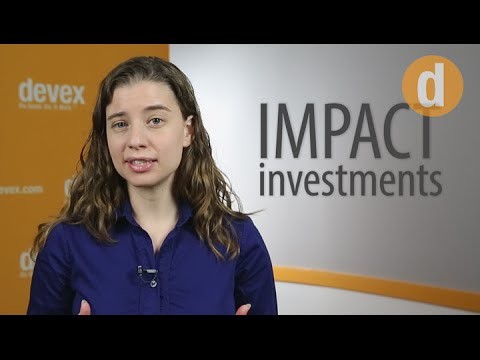Breakfast at the Yale Clu up Call to Impact Investing
Post on: 17 Июнь, 2015 No Comment

The talking heads:
A feeder fund to seed a C-Corp run by the man who co-founded the biggest solar utility ever (Sun-Edison) that will invest billions in subsidized renewable energy projects.
A fund targeting $1.5B founded by a former leader of Wealth Management at Deutsche Bank that is investing in high return poverty alleviation in the majority world (note 4Billion out of 7Billion of us live in poverty. a majority).
A family of impact funds scalable into the billions, offering a fully diversified portfolio across asset classes with game-changing impact.
The audience:
Impact investors from big banks, family offices, pension fund skeptics and curious onlookers.
Some of the dynamic facts:
Joan Trant of TriLink Global summarized the context beautifully: since 2008 investors are skiddish about risk, may prefer income over growth and are beginning to realize only lately that giving up some liquidity for higher yield is a necessity. REITs historically have provided a nice model of income with potential growth, so this is the model TriLink has adopted. If their high-yielding loans to small businesses in the majority world exceed their promised distributions, the investors’ position will appreciate in value. Meanwhile they are creating jobs and improving the world, whether the investors care or not.
Jigar Shah of Generate followed this theme and laced his comments with sardonic humor questioning the eager demand for liquidity when everyone knows someone who became rich by buying one property after another, like monopoly, collecting rent and only selling if they needed the cash for something better. His experience with renewable energy projects is that they can generate a very high current yield and behind this is a real asset that is likely to appreciate in value. In Europe 40% of solar utilities are owned by direct investors, and yet in the US practical Americans seem to like the old infrastructure and technologies that last forever even if they are inefficient guzzlers of energy.
Laura Lovelace, returning to the world of finance after years as a policy wonk in Washington, has devised a special purpose structure for feeding initial capital into Generate from private investors. Most of the people within the Beltway understand the need for such things as the reduction of greenhouse gases and the preservation of resources but they cannot seem to grock that such investments don’t have to be concessionary.

My role was to pontificate on what seems obvious: financial sophistication has made it to the impact investing space. Every tool money managers have ever invented and wealth managers have devised to suit the risk/return profiles of their clients can certainly be put to work with a broad universe of positive impact investments. Why not focus on fostering and funding the future of the planet and the well being of its inhabitants? Surely, we can manage both/and. And we had better.
When the panel was asked how high the waters would rise around Manhatten in their children’s lifetime, one panelist confidently stated 20-30 feet; Jigar emphasized that we can turn this around. Here was his thesis: Solar and Wind have doubled cumulatively 6 times since 2000, if they continue doubling at this rate, by the 6th time from now solar and wind will provide all the power the world will need. and unlike other technologies, they are low maintenance set and forget generators.
We have 400 years of oil supply in the ground in this country and despite the cries against fossil fuels, these resources will probably be exploited. but, putting the carbon argument aside, why, when they continually get more expensive? Natural gas fell on the market while other commodities were recovering value, but lately it has popped up and is not so cheap. With the new model of no money down solar, new solar has become cheaper than new coal. Extraction is expensive.
To expedite the change in financial focus intermediaries are needed. Crowd-funding without intermediation is not going to make it through the gatekeepers of the 5Million accredited investors with $14Trillion in assets, nor the 75Million retail investors who depend on public markets with their $17Trillion in assets, not to mention the behemoth pension funds and other institutional investors in the USA. Mission Markets (www.missionmarkets.com ) is an important pioneer in this space, providing secured portals for accredited investors they have vetted to explore impact deals they have vetted.
There have been other attempts and there will be more. Online platforms are the future of our highly intelligent and networked world. As automation takes over the massive financial firms and decisions are more and more made by computers, a growing band of mavericks will realize that they want something more. Whether it is a community of peers to meet at lavish conferences or online discussions that cost virtually nothing, developing the impact space for investors will surely require education, collaboration and innovation. Forums like this Opportunities in Impact need to be replicated, tools and due diligence shared, and co-investments made in collaboration, to maximize the insight and integrity of these investors who are taking the road less traveled.
Follow G. Benjamin Bingham on Twitter: www.twitter.com/gbbingham














